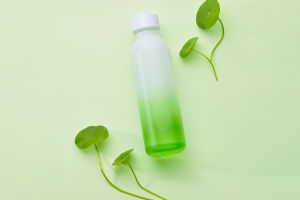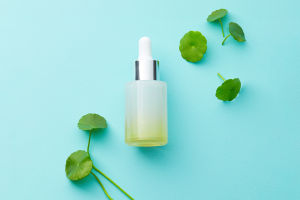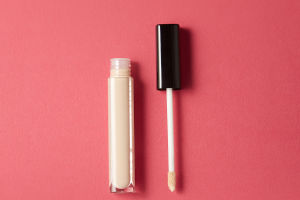In the modern skincare and beauty industry, shea butter has gradually become one of the most sought-after natural skincare ingredients due to its exceptional moisturizing and restorative properties.
This article will provide you with a detailed introduction to the origin, composition, benefits, and usage of shea butter, helping you better understand this magical natural product.
1. Origin
Shea butter is derived from the fruits of the shea tree (Vitellaria paradoxa). This tree primarily grows in West Africa, especially in countries like Nigeria, Ghana, and Burkina Faso.
The shea tree is regarded as the "tree of life" in local cultures, as its fruits not only provide an important source of nutrition but also the bark, leaves, and fruits have applications in traditional medicine.
The extraction process of shea butter typically involves shelling the fruit's seeds, roasting, crushing, and ultimately extracting the oil. Shea butter usually appears light yellow or off-white, with a thick texture and a unique aroma. This process is often carried out using traditional manual methods, although modern mechanical extraction techniques are continuously evolving.
2. Composition
Shea butter is rich in various components, including fatty acids, vitamin A and vitamin E. The fatty acid profile mainly consists of oleic acid, palmitic acid, stearic acid, and linoleic acid. These components give shea butter its outstanding moisturizing properties, making it an excellent skincare ingredient.
3. Benefits
Shea butter boasts a wide range of benefits, making it highly popular in skincare and haircare. Firstly, it serves as an exceptional moisturizer, deeply hydrating the skin and reducing dryness and flaking. Its moisturizing effects are beneficial not only for the body but also for facial and lip care.
Secondly, shea butter has excellent anti-inflammatory and restorative properties. It can alleviate skin redness, itching, and irritation, making it suitable for sensitive skin. Additionally, shea butter promotes wound healing and provides relief for minor cuts, sunburns, and eczema.
Moreover, shea butter is commonly found in haircare products. It effectively nourishes hair strands, reduces frizz and split ends, and enhances hair shine. Therefore, whether in the dry climates of winter or the sunny conditions of summer, shea butter is an ideal choice for skincare and haircare.
4. Usage Methods
The usage of shea butter is quite flexible and suitable for various skin types and needs. It can be directly applied to dry skin for deep hydration or mixed with other plant oils or essential oils to enhance its skincare effects. For dry lips, shea butter can serve as a natural lip balm to keep the lips moisturized.
In haircare, shea butter can be applied to hair strands before shampooing for deep treatment or used in small amounts on the hair ends after washing to reduce frizz. Additionally, shea butter can be added to homemade skincare products, such as creams and hand lotions, to boost their moisturizing effects.
In conclusion, as a natural skincare ingredient, shea butter has gained increasing popularity among consumers due to its exceptional moisturizing and restorative properties. By choosing shea butter, you can enjoy the gifts of nature, allowing your skin and hair to radiate with health and vitality.


